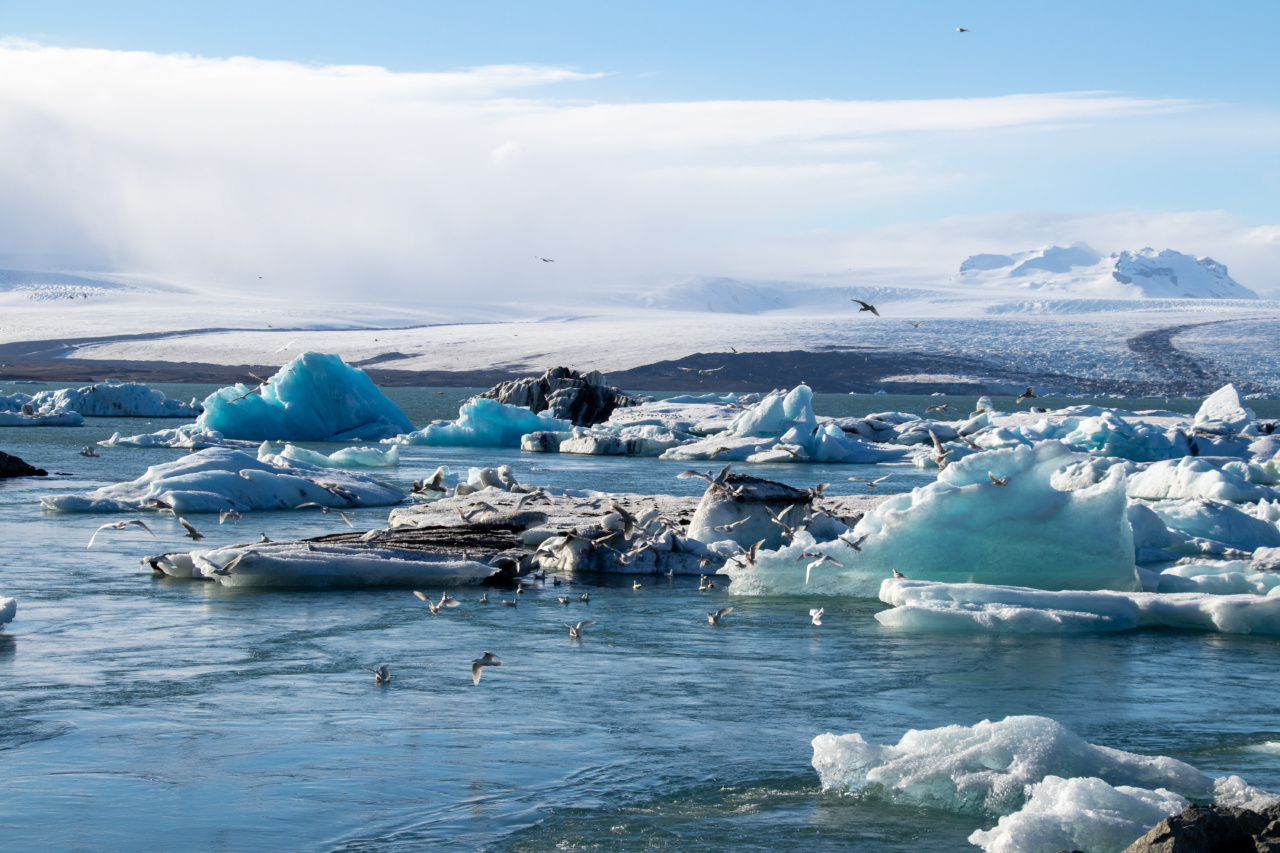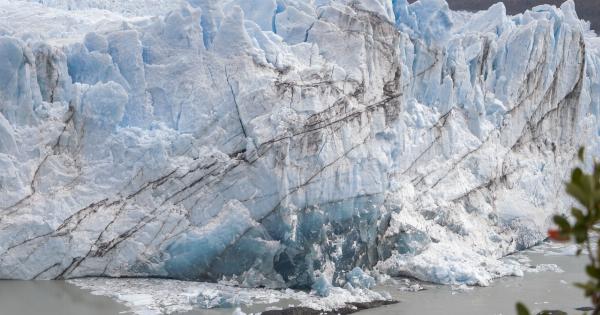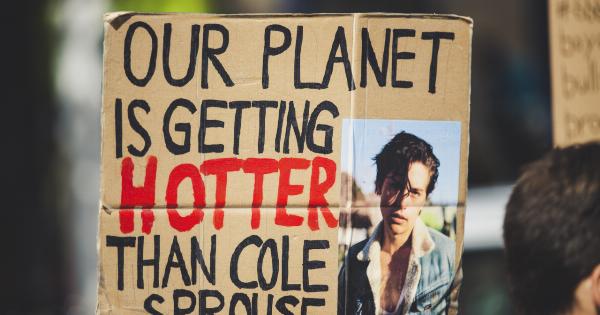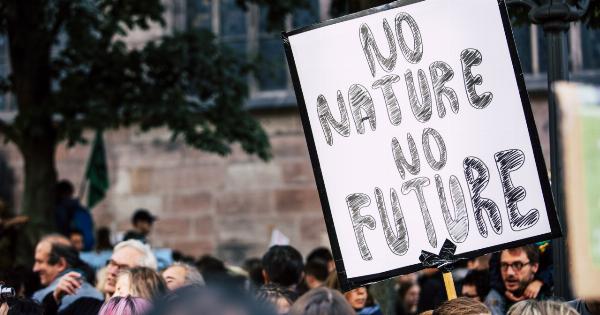The melting of glaciers is causing great concern among scientists worldwide. Not only does the melting affect sea levels and weather patterns, but it is also causing the release of deadly viruses that have been frozen for centuries.
This release of viruses is a major concern for public health officials who fear that these viruses can cause deadly pandemics.
What is causing the melting of glaciers?
There are a variety of causes contributing to the melting of glaciers. Climate change is the primary cause of the melting, as greenhouse gases trap heat in the atmosphere and cause global temperatures to rise.
Other factors contributing to the melting include deforestation, which leads to less absorption of carbon dioxide by trees, and industrial pollution, which releases harmful chemicals into the air.
What viruses are released by melting glaciers?
There are a variety of viruses that can be released by melting glaciers, ranging from ancient to modern. One example is the Spanish flu virus, which caused a pandemic in 1918 and killed millions of people worldwide.
Another example is the SARS virus, which caused a major outbreak in 2003 and resulted in thousands of deaths. The concern is that as glaciers continue to melt, more viruses will be released, potentially causing new pandemics.
How are these viruses released?
These viruses are released when the ice that has been holding them freezes melts. This melting can occur naturally as a result of rising temperatures, or it can occur as a result of human activity.
For example, scientists have found that drilling into glaciers can cause the release of viruses, as the drilling allows heat to penetrate the ice and melt it.
What are the consequences of the release of these viruses?
The consequences of the release of these viruses are potentially catastrophic. If a deadly virus is released and spreads, it can cause a pandemic that could kill millions of people worldwide.
It could also put a strain on the healthcare systems around the world, and could potentially lead to social and economic disruptions.
What can be done to prevent the release of these viruses?
The main solution to prevent the release of these viruses is to reduce greenhouse gas emissions and prevent further global warming.
This can be accomplished through a variety of measures, including planting more trees to absorb carbon dioxide, reducing the use of fossil fuels, and increasing the use of renewable energy sources. Additionally, public health officials can take steps to prepare for potential pandemics by developing vaccines and other treatments.
What are the challenges to preventing the release of these viruses?
There are a variety of challenges to preventing the release of these viruses. One major challenge is getting governments and businesses around the world to take the issue seriously and implement meaningful changes in policies and practices.
Another challenge is funding scientific research to better understand the risks and develop effective prevention and treatment strategies. Additionally, there is a need for greater coordination and cooperation among countries and organizations to address the issue on a global scale.
: Conclusion
The melting of glaciers is a major concern for public health officials worldwide.
The release of deadly viruses that have been frozen for centuries is a potentially catastrophic consequence of the melting, and could cause deadly pandemics that could kill millions of people worldwide. To prevent this from happening, it is important to reduce greenhouse gas emissions and prevent further global warming.
Additionally, public health officials need to prepare for potential pandemics by developing vaccines and treatments, and governments and businesses need to take the issue seriously and implement meaningful changes in policies and practices.




























